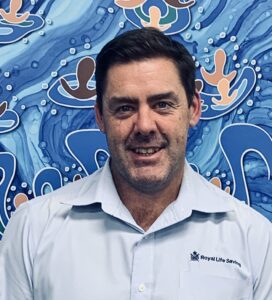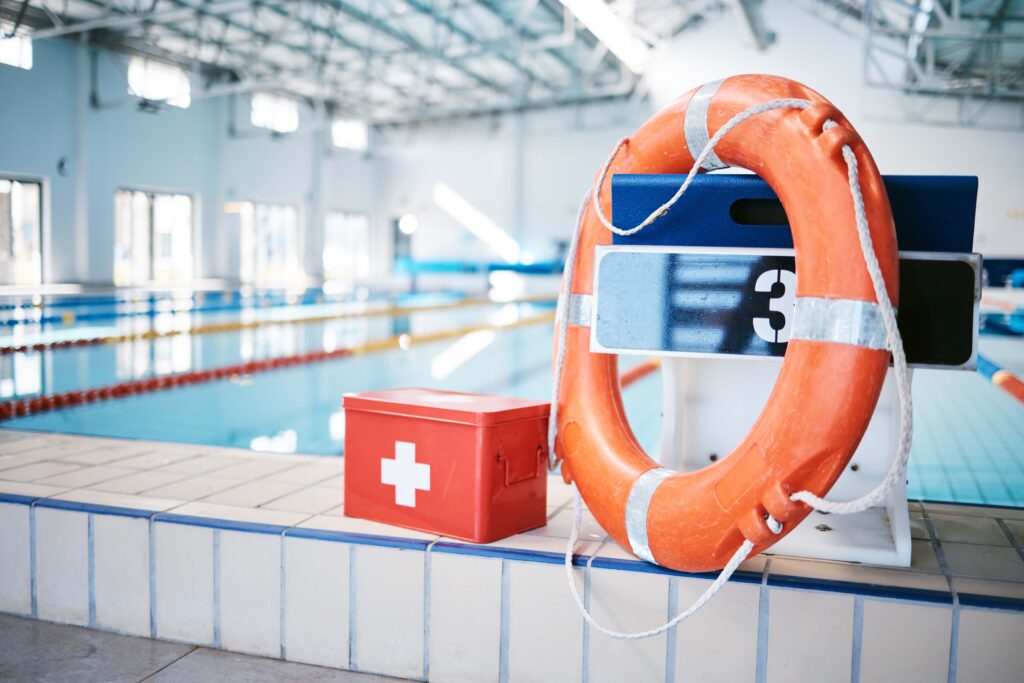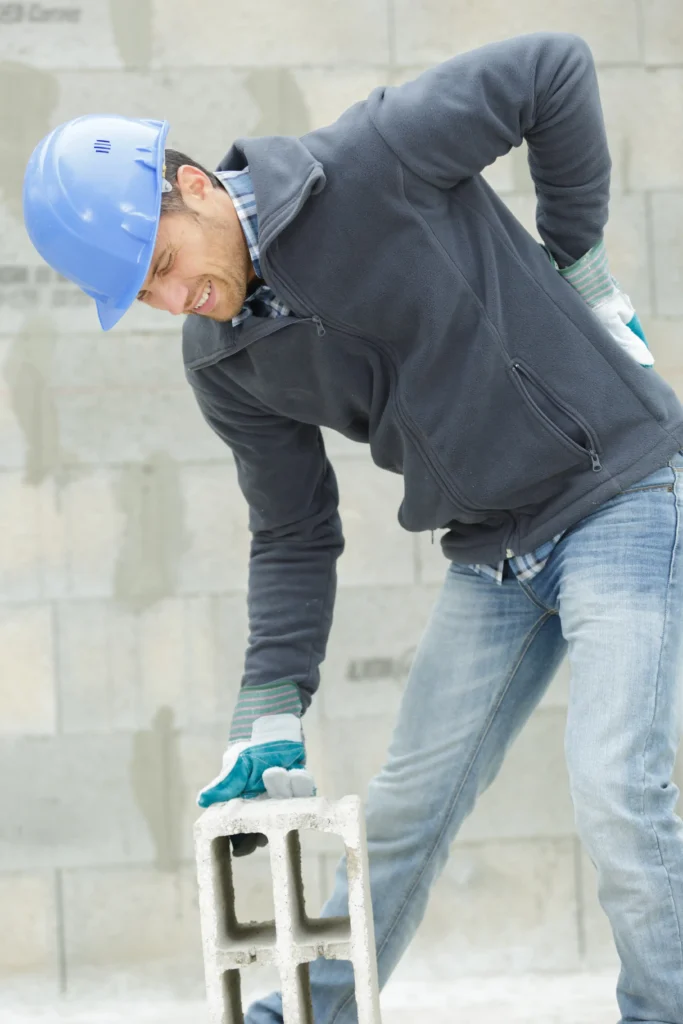Upcoming events – Spring 2023
Learn more about upcoming events and workshops that LGIS are taking part in.

Senior Manager, Workforce Solutions at Royal Life Saving Society WA
Travis is an experienced senior manager with an extensive background in aquatic facility management. Having worked across a diverse range of aquatic recreation facilities, Travis’ knowledge and network is an important element in his role at RLSWA.

Based on a series of recent safety assessments conducted on Group 1 and Group 2 swimming pools by Royal Life Saving WA, 35% facilities either did not demonstrate appropriate equipotential bonding or regular inspection and testing was not taking place.
Group 1 includes all public pools in Western Australia while Group 2 comprises of schools/learn to swim swimming pools.
Over a period of 12 months, RLSSWA did 87 assessments in Group 1 category, of which 30 were done at local government aquatic facilities.
Learn more about upcoming events and workshops that LGIS are taking part in.
Western Australia is home to 129 public aquatic facilities and thousands more school, hotel/motel and back yard pools. While many know of the risks within these facilities such as lack of patron supervision, inappropriate use of shallow water and issues associated with slips, trips and falls – non-compliance with equipotential bonding (earthing) requirements can present a relatively unknown or hidden risk.
Medicinal cannabis is a therapy that has generated increased national attention over the past two years.
Equipotential bonding, commonly known as bonding or earthing, involves connecting all metallic components within a defined area around the swimming pool with an earth wire so that all
of these items share the same potential energy.
The process of installing equipotential bonding for your swimming pool normally occurs at construction level. However Royal Life Saving WA has encountered many pools that did not have any bonding in place at all.
According to the electrical wiring rules of AS/NZS 3000:2018, all metallic objects that measure 100mm or more in any dimension in a location accessible (see ‘arms reach’ below*) to the public that is likely to become wet whilst people are in attendance require bonding.
This includes (but is not limited to) items such as:
*AS/NZS 3000:2018 defines ‘arms reach’ as an accessible location in and around the swimming pool as a zone extending from any point on a surface where persons usually stand or move about, to the limits that a person can reach with the hand in any direction without assistance, for example tools or a ladder.
The following image is an excerpt from AS/NZS 3000:2018 that helps to explain this zone of ‘arms reach’:
Put simply, equipotential bonding is a crucial element in the construction of a swimming pool that helps reduce the risk of electrical shock if a fault causes conductive elements to become energised.
It is simply not worth the risk of ignoring this requirement.
The testing process for equipotential bonding is not a difficult one. It does not take long and does not come at a significant cost.
In the event remediation works are required, timelines and costs may differ, however planning and implementing a regular testing regime is as easy as engaging your electrician to conduct a series of tests during your annual testing and tagging regime.
Estimated costs for an electrician to conduct and report on equipotential compliance of a site with one water body should start from approximately $650. While these tests are conducted without anyone in the water body, they are unobtrusive and will not have your site out of action for any extended period of time.
When designing a testing regime, it is recommended that facility managers work with their electrician to develop a schedule of metallic items that require testing. A test result sheet that tracks equipotential test results should be maintained for each item. In doing so, any trends in damage or wear to particular electrical components can be identified and if needed, either reinforced or be scheduled for more regular testing.
Royal Life Saving WA conducts a series of regular aquatic facility safety assessments that serves to help the local swimming pools to achieve ongoing compliance with a range of regulatory requirements. This assessment also checks on each facility’s arrangements in relation to equipotential bonding testing.
It is recommended that these aquatic facility assessments are conducted annually.
LGIS partners with RLSWA to provide safety assessments at local government aquatic facilities. For further information on these assessments, please get in touch with the LGIS Risk team.

The first quarter of 2023/24 has been a busy one for your Scheme; our member services team has been out on the road visiting members, and I’ve enjoyed the opportunity to continue to meet members and discuss the issues that matter to you.

In 2022/23 LGIS received over 2,300 claims and paid out over $43.8 million. It’s a similar story most years with LGIS handling more than 2,000 claims across property, liability, workers’ compensation, motor and volunteer bushfire fighter protection.

An outside worker in his early 40s sustained a significant workplace injury to his lower back at a local government owned/ operated facility while trying to assist a ratepayer who had attended the facility.
LGIS is the unifying name for the dedicated suite of risk financing and management services for WA local governments, established by the WA Local Government Association in conjunction with JLT Public Sector (part of the Marsh group of companies). LGIS is managed by JLT Public Sector (ABN 69 009 098 864 AFS Licence 226827).
Risk Matters, via this website, is designed to keep members, their staff and elected members informed on topical risk management and insurance issues and LGIS programs and services.